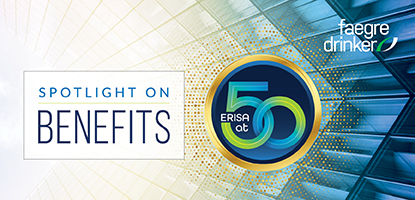- Hardship Distributions. 401(k) plans and 403(b) plans must be amended, as applicable, to comply with the final regulations updating the hardship distribution rules. For hardship distributions made on or after January 1, 2020, plans must be amended by December 31, 2021, to: (i) eliminate the suspension of elective deferrals following a hardship distribution; and (ii) require employees requesting hardship distributions to represent that they have insufficient cash or other liquid assets reasonably available to satisfy the need.Additionally, plans that made changes to their hardship distribution provisions that were (i) permitted under the regulations, and/or (ii) took effect on or before January 1, 2020 (such as eliminating the requirement to exhaust all available loans before taking a hardship distribution, or permitting amounts contributed as qualified nonelective contributions (QNECs) or qualified matching contributions (QMACs) and earnings to be made available for hardship distributions), must adopt such changes by December 31, 2021.
- PBGC Rates. Defined benefit plans that refer to the Pension Benefit Guaranty Corporation (PBGC) immediate rate may need to be amended to reflect that the PBGC stopped publishing monthly rates at the end of 2020. Such amendment would need to be effective January 1, 2021 (which, for calendar year plans, would require adoption of an amendment by December 31, 2021).
- Collectively Bargained Cash Balance/Hybrid Defined Benefit Plans. Cash balance/hybrid defined benefit plans maintained pursuant to a collective bargaining agreement ratified on or before November 13, 2015 must be amended by December 31, 2021, to comply with requirements regarding market rate of return and other cash balance/hybrid plan requirements that first applied to such plans generally on or after January 1, 2017.
- Discretionary Amendments. If a retirement plan implements discretionary changes during the 2021 plan year, retirement plan sponsors must adopt an amendment to that effect by the last day of the 2021 plan year (December 31, 2021, for a calendar year plan).
Tag: Hardship Distributions
Benefit Plan FAQs on COVID-19 Part 5
Hardship Distributions During the COVID-19 Outbreak
As the COVID-19 outbreak continues, retirement plan sponsors will likely receive questions from employees about ways in which they can access funds in their retirement plan accounts. While we wait for any potential Congressional action to ease access to retirement plan accounts, we look to the hardship distribution rules that apply now regardless of Congressional relief. Hardship distributions are one way an employee can receive an in-service distribution of elective deferral contributions (and, depending on the plan provisions, other types of contributions) from their accounts, provided the employee has an immediate and heavy financial need and the distribution is necessary to meet that need.
The IRS’s recently issued final regulations added a new type of safe harbor hardship distribution event, for losses related to a federally-declared disaster. Under the final regulations, an employee may be deemed to have an immediate and heavy financial need when the employee incurs expenses and losses (including loss of income) as a result of a disaster declared by the Federal Emergency Management Agency (“FEMA”), provided the employee’s principal residence or principal place of employment at the time of the disaster was located in an area designated by FEMA for individual assistance with respect to the particular disaster. Historically, the IRS announced similar relief on a piecemeal basis (for example, allowing certain hardship distributions for Hurricane Maria and the California wildfires in 2017).

